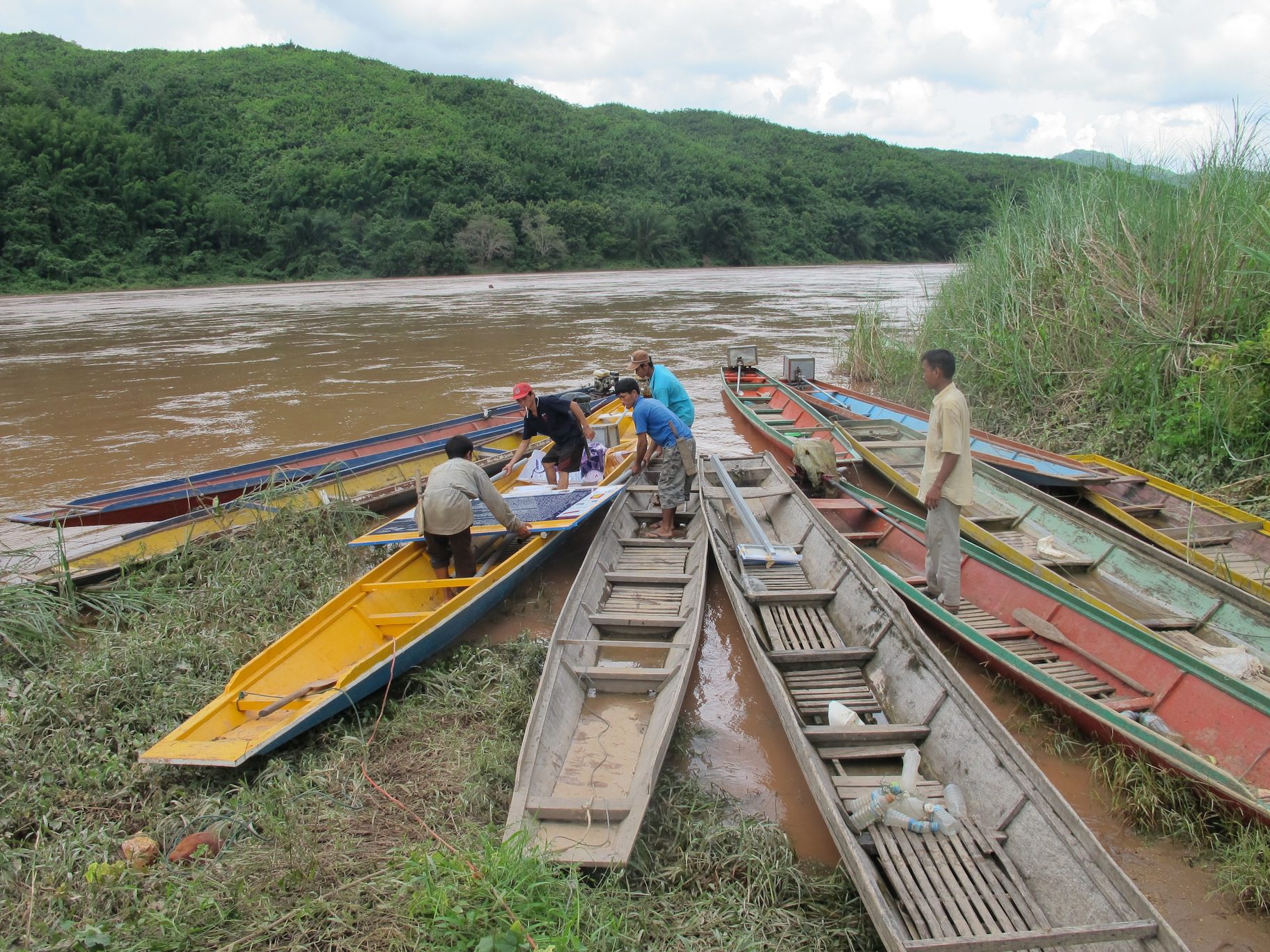Friday March 13, 2015

Last week, one of our biologists attended a meeting in Siem Reap, Cambodia, hosted by the Critical Ecosystem Partnership Fund (CEPF) to present on our work establishing Fish Conservation Zones for endangered fish in northern Lao PDR. CEPF brings together seven prestigious donors to provide funding for biodiversity conservation. The meeting attendees included both international and local non-governmental organizations, who presented on the progress of their various CEPF-funded projects in the “IndoBurma Hotspot.” We shared an update of FISHBIO’s work in a five-minute presentation during what was dubbed the “speed-dating” overview for small grant recipients. While a number of other organizations incorporated community fisheries or FCZs into their projects, ours was the sole project with a focus on particular fish species – Jullien’s golden carp (Probarbus jullieni) and the thick-lipped barb (Probarbus labeamajor).
We felt fortunate for the opportunity to share our perspectives from working in the aquatic environment, which faces a unique set of conservation challenges and threats compared to the terrestrial environment in the Mekong region. We also learned many interesting things from the presentations of other organizations. Many groups are trying innovative approaches to combat wildlife trafficking, from hosting sting operations in restaurants selling illegal wildlife products, to using wildlife sniffing dogs at key airports. Researchers are investigating the environmental features that influence fish passage, and terrestrial inputs to aquatic food webs. Efforts are beginning to survey and protect the unique biodiversity of karst limestone outcrops in Myanmar that have a high prevalence of unique, endemic species, but are also vulnerable to quarrying for cement production.
The meeting also provided opportunities for participants to share their experiences working in various program areas, and to discuss and reassess the assumptions of the investment priorities and strategic directions listed in CEPF’s extensive ecosystem profile for the IndoBurma region. One of the discussion sessions reaffirmed that communication is so important at all levels: communication with community members, other organizations, and political leaders is key to the success of conservation actions. While a few suggestions were made to refine the focus of the ecosystem profile, it was repeatedly highlighted that CEPF remains one of the few funders for projects that can focus solely on biodiversity (without having to draw connections to other topics like livelihoods or climate change), and participants urged the donors and each other not to lose sight of this unique and valuable focus. As FISHBIO prepares to undertake our second CEPF-sponsored project to establish an FCZ in the Kengmai Rapids area in Lao PDR, as well as join Fauna and Flora International to conduct CEPF-funded work on FCZs in Myanmar, we are thankful to be in the company of many esteemed and hardworking organizations working to advance conservation in the Mekong Basin. We look forward to sharing many more updates from our exciting work made possible by CEPF.
